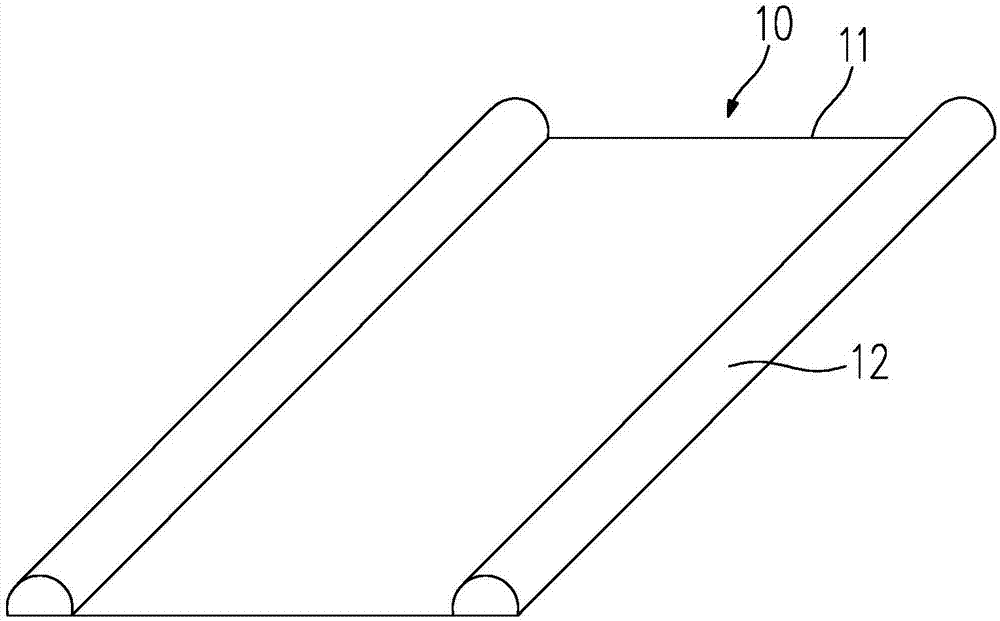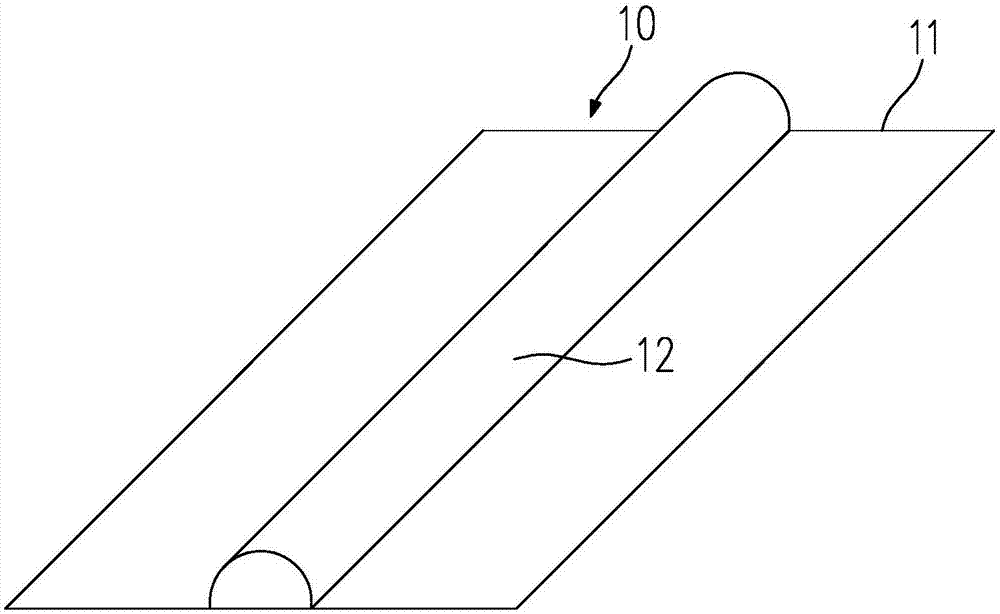Method for returning straws to dry field through partial rotational planting and composting
A technology of straw and composting, applied in the fields of botanical equipment and methods, nitrogen fertilizers, organic fertilizers, etc., can solve the problems of aggravation of pests and diseases, difficulty in sowing, poor results, etc., to improve soil organic matter, reduce food production costs, and enrich microorganisms. The effect of the community
- Summary
- Abstract
- Description
- Claims
- Application Information
AI Technical Summary
Problems solved by technology
Method used
Image
Examples
Embodiment 1
[0029] A method for returning compost to the field in a dry land with partial rest and composting in the field, comprising the following steps:
[0030] S1. For a certain field, such as figure 1 As shown, the field 10 in the field block is divided into a recuperation area and a cultivation area 11; in each planting season, all straws in this field block are collected into the rest area of this field block, and composted in the rest area for raising land, and crops are planted in the cultivated area of the field, and the manure heap 12 in the recuperation area is as figure 1 as shown, figure 1 The cultivation area 11 in the middle is located in the middle of the field 10, and the recuperation area is located on both sides of the field 10.
[0031] The recuperation area is a strip-shaped area, for example, the width of the recuperation area is set to 2 meters, and the recuperation area is distributed along the length direction of the field. The recuperation area in the st...
Embodiment 2
[0042] The method in embodiment 2 is basically the same as the method in embodiment 1, and the difference is that the recuperation area in embodiment 2 is located in the middle of the field 10, so the compost heap 12 built on the recuperation area is also in the middle of the field 10, And the cultivation area 11 is located on both sides of the field 10 .
PUM
 Login to View More
Login to View More Abstract
Description
Claims
Application Information
 Login to View More
Login to View More - R&D
- Intellectual Property
- Life Sciences
- Materials
- Tech Scout
- Unparalleled Data Quality
- Higher Quality Content
- 60% Fewer Hallucinations
Browse by: Latest US Patents, China's latest patents, Technical Efficacy Thesaurus, Application Domain, Technology Topic, Popular Technical Reports.
© 2025 PatSnap. All rights reserved.Legal|Privacy policy|Modern Slavery Act Transparency Statement|Sitemap|About US| Contact US: help@patsnap.com



